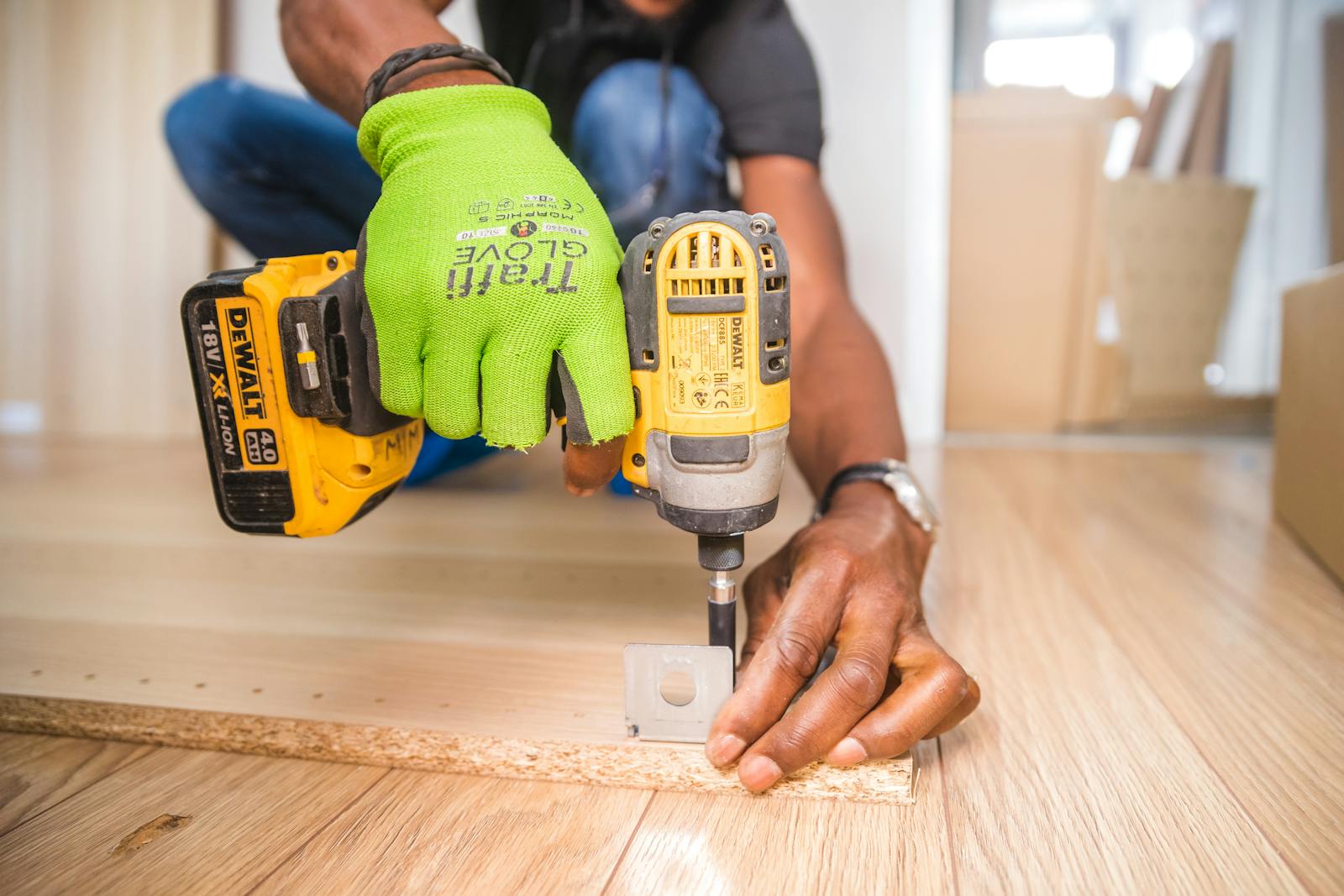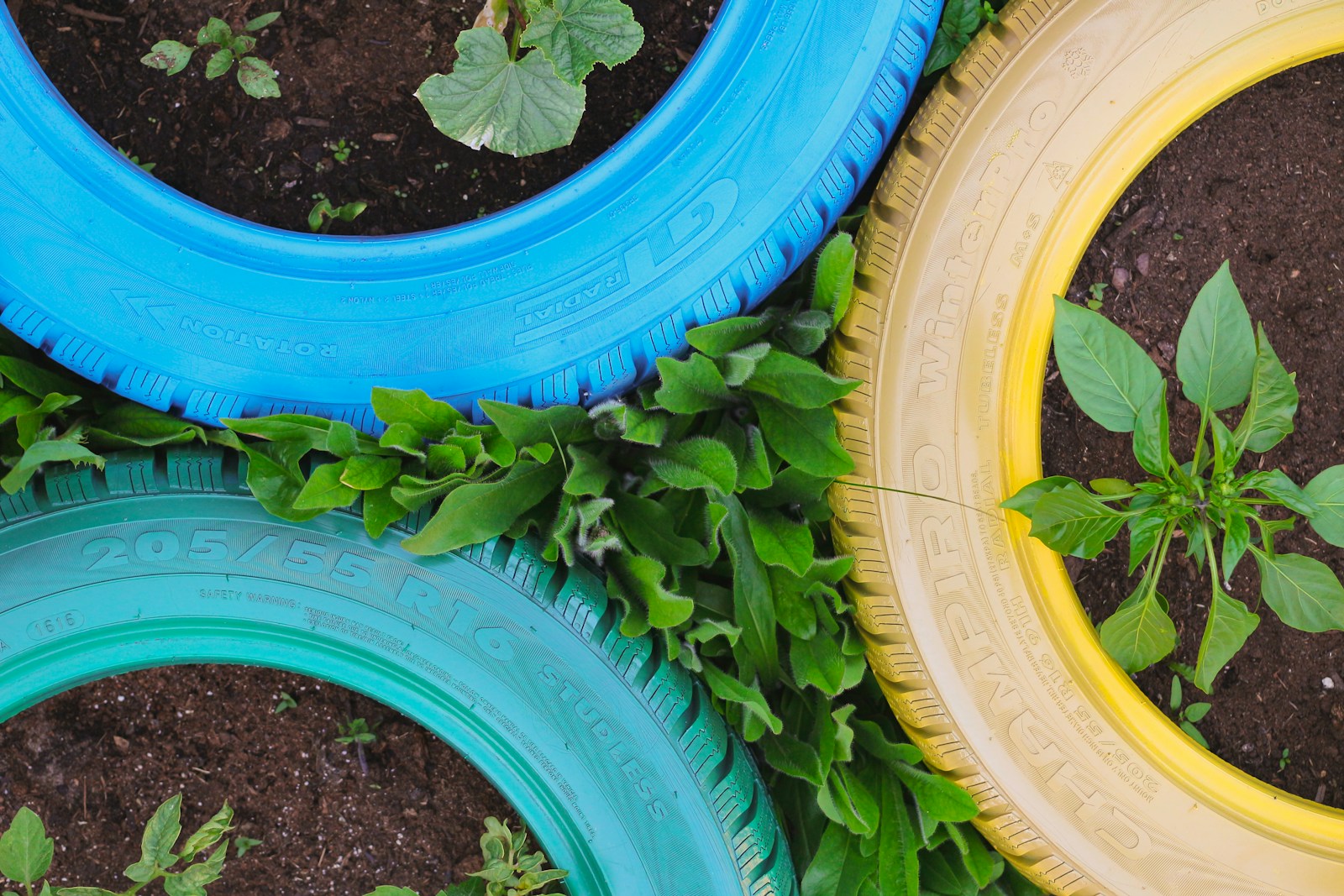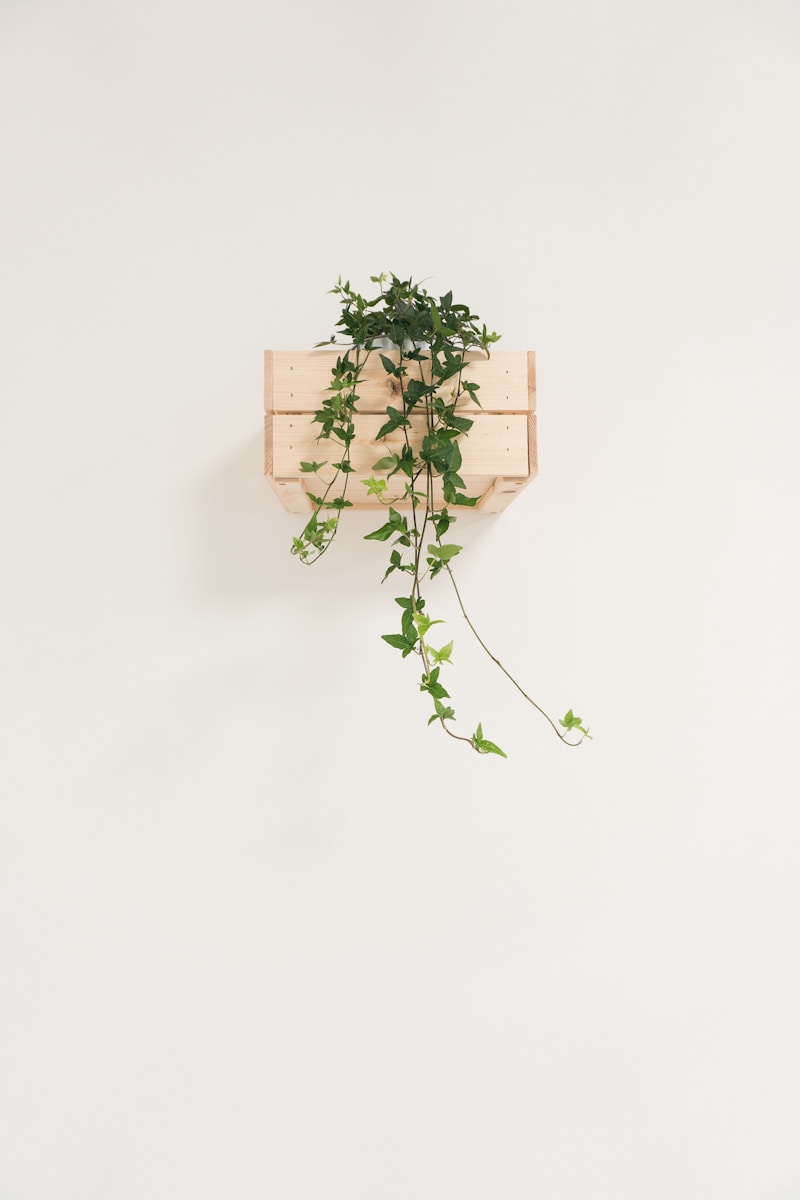Safety First: How to Avoid Common DIY Mistakes
Plan Before You Start
One of the most overlooked DIY safety tips is thorough planning. Before picking up a tool, outline your steps, materials, and safety gear. Rushing into a project without a clear roadmap increases the risk of errors, injury, and wasted time or money.
Create a checklist and read or watch tutorials if you’re unfamiliar with the process. Identify potential hazards, such as electrical wiring or sharp tools. Planning is the foundation of every safe and successful project—so take your time to prepare properly before you begin.
Use the Right Tool for the Job
Using the wrong tool can lead to damaged materials, ineffective results, or worse—serious injury. It’s important to match the tool to the task. If you don’t have the right tool, either borrow, rent, or invest in it. Improvisation has no place in safe DIY work.
DIY safety tips often emphasize tool familiarity. Read the manual, understand what each setting does, and always use attachments and accessories as instructed. The right tool used properly leads to better results and minimizes frustration and accidents.
Wear Proper Safety Gear
Personal protective equipment (PPE) is one of the most vital DIY safety tips. Always wear safety goggles when cutting or drilling, and use gloves for grip and protection from splinters or chemicals. A dust mask is essential when sanding or working with insulation or paint fumes.
For loud tools, ear protection like muffs or plugs can prevent long-term hearing damage. Non-slip shoes help prevent accidents in wet or cluttered work areas. PPE is often inexpensive and always worth it—your health and safety should never be an afterthought.
Know Your Limits
Being ambitious is great, but knowing your physical and technical limits is key to avoiding injuries or major mistakes. Don’t try to lift heavy materials alone or work with tools you haven’t practiced with. Take breaks to stay alert and avoid fatigue-related errors.
Part of smart DIY safety tips is understanding when to call in a pro—especially for tasks involving complex electrical, plumbing, or structural work. Prioritizing safety over pride ensures every project ends well rather than dangerously.
Secure Your Workspace
A cluttered or unstable work environment invites accidents. Keep your workspace clean, dry, and well-lit. Clear paths to avoid tripping, and ensure power cords don’t snake across walkways. Use clamps or a workbench to stabilize materials while cutting or drilling.
Ventilation is also crucial when using chemicals or power tools that produce dust or fumes. A secure setup doesn’t just make work easier—it’s a core part of responsible, safe DIY practices that reduce the chance of serious mishaps.
Check for Hazards Before You Begin
Always inspect your workspace and materials before starting. DIY safety tips stress the importance of identifying potential dangers such as hidden nails, lead paint, asbestos, or outdated wiring. For outdoor projects, locate underground utility lines before digging.
In older homes, test for harmful materials and review local building codes. Use a stud finder to avoid drilling into pipes or wires. A few minutes of caution at the start can prevent days of costly or dangerous setbacks—making this a habit every DIYer should practice.
Use Ladders Safely and Correctly
Falls from ladders are one of the most common DIY-related injuries. Always place the ladder on stable, level ground and never overreach or lean too far. Keep three points of contact while climbing, and never step on the top rung unless it’s designed for standing.
Choose the right height and style for the job—step ladders for interior tasks and extension ladders for higher outdoor projects. As part of your DIY safety tips toolkit, ladder safety is non-negotiable and can prevent serious accidents with just a little awareness.
Practice Electrical Safety
Any work involving electricity requires extra caution. Turn off breakers before starting, test wires with a voltage tester, and follow code regulations strictly. Never assume wires are safe—always double-check. Use insulated tools and avoid working on live circuits.
If you’re unsure, hire a licensed electrician. These DIY safety tips aren’t just about technique—they’re about knowing when professional expertise is necessary. Mistakes with electrical systems can lead to fire, shock, or worse, so proceed carefully and legally.
Keep a First Aid Kit Nearby
Despite best efforts, accidents can happen. Keeping a fully stocked first aid kit nearby is one of the smartest DIY safety tips. Include adhesive bandages, antiseptic wipes, gauze, tweezers, and burn cream. Add gloves, eye wash, and a cold compress for broader protection.
Know how to use each item and restock supplies as needed. In an emergency, having everything close at hand can make a major difference. DIY should always be fun—but being prepared means you can handle minor mishaps confidently and keep going safely.
Know Your Emergency Shut-Offs
Before beginning any project, locate your home’s shut-off valves and circuit breakers. In case of a leak or shock risk, you’ll need to act fast. One of the most overlooked DIY safety tips is failing to prepare for emergencies before they start.
Label breaker panels clearly and ensure everyone in the household knows how to operate gas, water, and electric shut-offs. Even for small jobs, this foundational knowledge can prevent damage or danger. Safety starts with awareness and a readiness to respond effectively.
Keep Kids and Pets Away from the Work Zone
As tempting as it may be to involve little ones in your projects, safety should come first. One of the top DIY safety tips is keeping children and pets away from tools, materials, and active workspaces. Unpredictable movements and distractions increase the risk of injury or accidents.
Set clear boundaries, and use baby gates or closed doors to isolate the work area. When tools are not in use, unplug them and keep sharp or hazardous items out of reach. Maintaining a focused, controlled environment is key to ensuring everyone’s well-being.
Don’t Rush—Take Your Time
Many DIY accidents happen when people rush through tasks. Whether it’s cutting corners on prep work, skipping safety gear, or working when tired, haste often leads to poor results or injury. One of the simplest DIY safety tips is to slow down and do things right the first time.
Set realistic timelines, take regular breaks, and avoid multitasking when using tools. A mindful approach not only improves your final product but also ensures you stay safe and stress-free throughout the process.
Dispose of Materials Properly
Paint, solvents, batteries, and construction debris shouldn’t go in the regular trash. Research your local disposal guidelines before starting your project. Improper disposal can harm the environment and create safety hazards at home.
This often-forgotten aspect of DIY safety tips helps keep your space clean and avoids accidental exposure to toxic substances. Use sealed containers for sharp or flammable items and never pour chemicals down the drain. Responsible disposal is part of responsible DIY.
Use Power Tools with Extra Caution
Power tools are efficient but demand respect. Always read the manual, wear safety gear, and start with the tool in the “off” position. Keep fingers and loose clothing clear of moving parts and never bypass safety switches or guards.
One of the best DIY safety tips is to practice on scrap material before tackling your actual project. This builds familiarity and confidence while reducing the chance of costly or dangerous mistakes. Safe handling is the foundation of skilled DIY work.
Review Your Work for Safety and Stability
Once your project is complete, take time to inspect your work. Check for loose parts, unstable joins, or unfinished edges that could cause harm. Run your hands over surfaces and test fixtures for weight support and alignment.
This final step in DIY safety tips ensures your work is both attractive and secure. A quick safety check can prevent injuries later and gives you peace of mind that your project is not just done—but done right.
Frequently Asked Questions
What are the most important DIY safety tips for beginners?
For beginners, the most important DIY safety tips include wearing protective gear, using the right tools for each task, and reading all instructions before starting. Always work in a clean, well-lit space, and know where your circuit breakers and water shut-offs are. Never rush through steps or skip safety checks. Planning ahead, working at your own pace, and knowing your limits are key to preventing accidents and completing successful, injury-free projects at home.
How do I know if a DIY project is too dangerous?
If a project involves electrical wiring, structural changes, gas lines, or roofing—especially at heights—it may be too dangerous without proper training. Consider the tools required, the complexity of the task, and your comfort level. If you’re unsure how to safely complete each step or don’t have the right safety equipment, it’s time to consult a professional. Prioritizing safety over pride is one of the smartest DIY safety tips you can follow.
What should I include in a DIY first aid kit?
Your DIY first aid kit should include adhesive bandages, antiseptic wipes, gauze, tape, tweezers, gloves, burn ointment, a cold compress, and eye wash solution. Add scissors, pain relievers, and a list of emergency contacts. Keep it in a visible, easily accessible location in your workspace. Check it regularly to restock supplies. Having a complete first aid kit ensures that you’re prepared for minor injuries, making it a vital part of your overall DIY safety strategy.
How can I make my workspace safer for DIY projects?
Start by keeping your workspace clean, dry, and free of clutter. Ensure proper lighting and ventilation, especially when working with paints or adhesives. Use sturdy surfaces for cutting or drilling and secure materials with clamps. Keep cords organized to avoid tripping and store tools properly when not in use. Following these DIY safety tips makes your environment safer, helps you focus, and reduces the risk of accidents during any project.
Is it okay to involve kids in DIY projects?
Yes, but with strict supervision and age-appropriate tasks. Children should never handle sharp tools, power equipment, or chemicals. Assign safe roles like painting, handing over tools, or organizing parts. Always keep your workspace safe and separate sharp items or hazardous materials. Teaching DIY skills early is valuable, but following smart DIY safety tips ensures that kids stay protected and have fun without the risk of injury.
© 2025 GardeningandDecor.com. All rights reserved.



